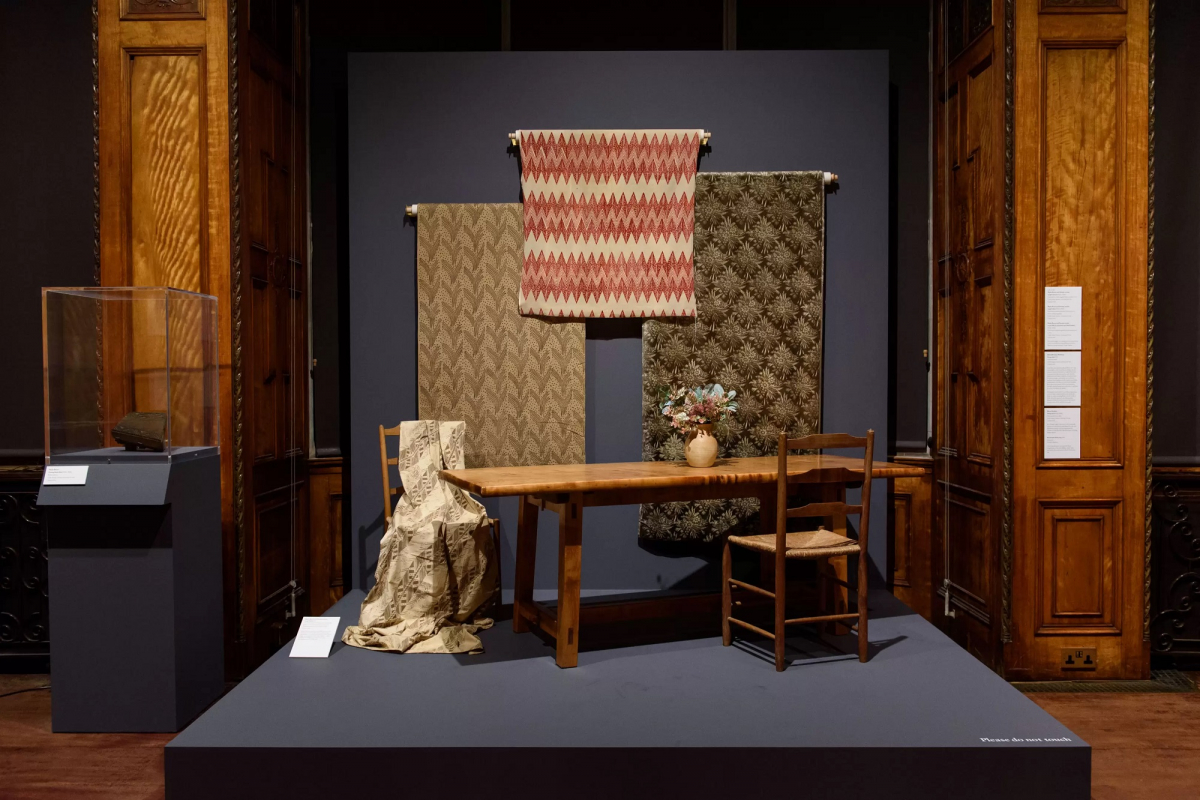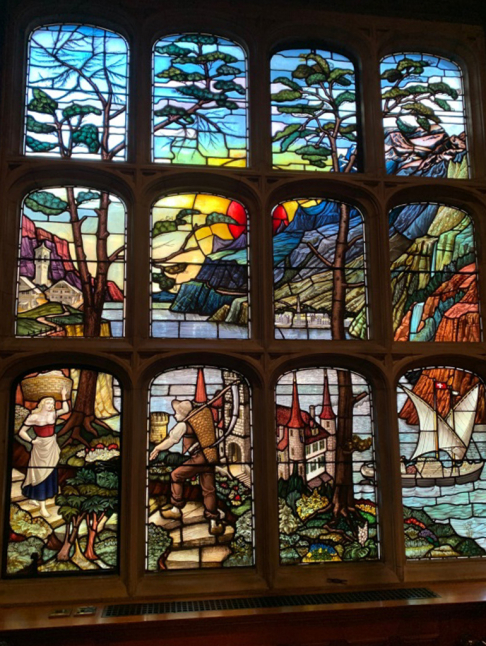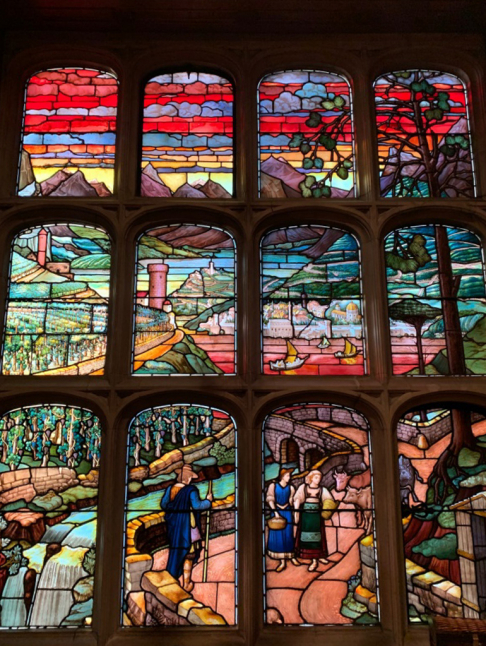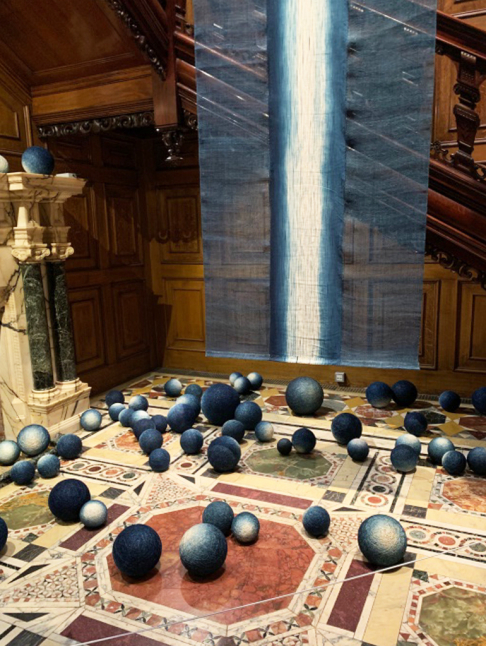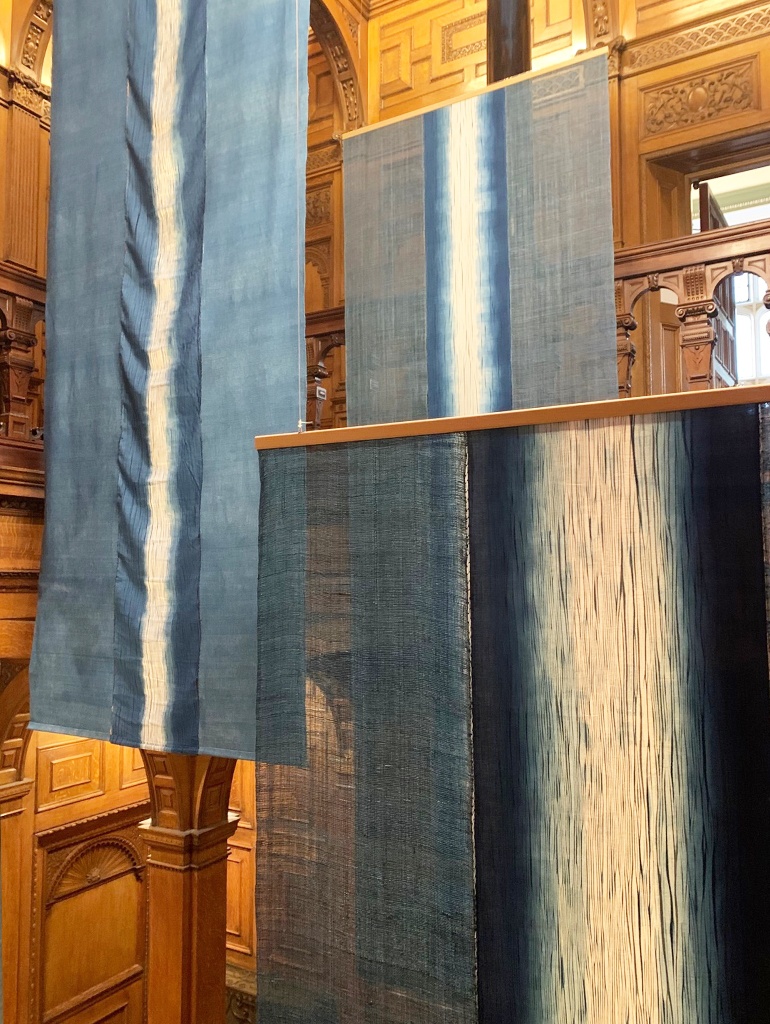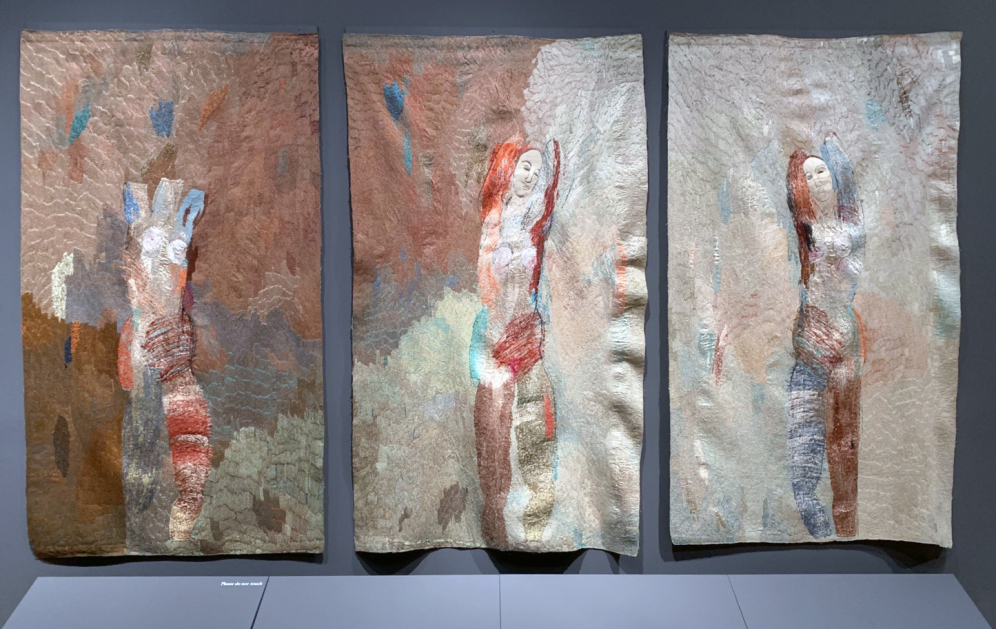
Out & About: Two Temple Place – ‘Unbound’
In the design studio we are obsessed with textiles and have amassed a huge collection of weaves, embroideries, kilims, prints and swatches that we use for inspiration to create our own designs. We have been so excited to go to Two Temple Place and view the collections of seven pioneering women who were bringing together textiles at a time when they were mostly seen as purely functional.
These women defied the traditional concept of collecting and forged the way for textiles as crucial documents of social history, as well as works of art in their own right.
The seven women concerned are: the artist, anthropologist and writer Edith Durham (1863-1944), the scholar, educator and embroiderer Louisa Pesel (1870-1947), the collector Olive Matthews (1887-1979), the painter and designer Enid Marx (1902-98), Muriel Rose (1897-1986), Jennifer Harris, a gallerist and a founder of the Crafts Study Centre and Nima Poovaya-Smith, the senior keeper of international arts at Cartwright Hall Art Gallery.
The materials collected vary greatly from anthropological objects to dress, craft and design to art and culture, historical artefacts to contemporary art practice. All these facets are represented in this exhibition.
Lyn Malcom’s sampler, decorated with nude figures and female symbols, inspired by Rozsika Parker’s book, The Subversive Stitch starts the show.
Two Temple Place is one of London’s most lavishly decorated buildings, and was once the estate office of William Waldorf Astor. The entire building is panelled in wood, with carvings depicting the tales of Shakespeare and American literature. Upstairs, there are the most wonderful painted glass windows portraying the day break and the setting sun. Decedent, kitsch and certainly a secret sanctuary in this bustling big city.
This opulent context is rather mind blowing, especially in contrast to the humble needlework. This is apparent as you move into the main entrance of the building. The ornate marble floor leads you to a large Gothic fireplace where the work of Hiroyuki Shindo strikingly meets your gaze.
“Shindigo Space 07” is part of a larger instillation that comprised of eight banners and seventy-four indigo balls.
Each ball is made from indigo dyed hemp, cotton and polystyrene. Indigo is a plant extract that has been used to dye fabric for 5,000 years. Shindo began working with indigo as a young man in the mountains of Kyoto and used traditional natural indigo dying techniques. I love the hanging banners – it lifts the entire room.
More recent treasures include Alice Kettle’s monumental embroidery triptych Three Caryatids (1989-91), inspired by the artist’s travels in Turkey and purchased by Jennifer Harris for the Whitworth Art Gallery in Manchester. Harris is one of two collectors here who built up collections directly on behalf of a museum, rather than as a private pursuit. Here, the term “visionary” indicates a sense of greater purpose than accumulation for its own sake: the desire to preserve endangered objects, to record waning craft traditions or celebrate a new tendency.

